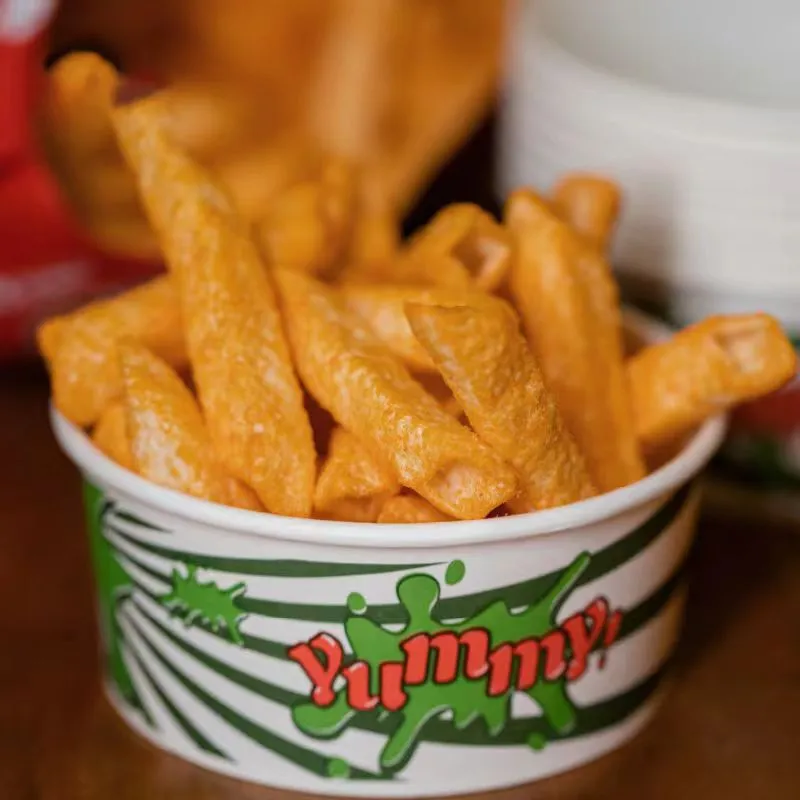The Evolution and Impact of Soda Cups A Delightful Journey
Soda cups have become an integral part of our dining and recreational experiences. The evolution of these seemingly simple containers reflects broader trends in society, culture, and environmental consciousness. From the iconic red Solo cup used in backyard barbecues to the sleek, branded cups found in fast-food restaurants, soda cups tell a story of convenience, marketing, and the ever-changing tastes of consumers.
Historically, the journey of soda cups began with simple glass containers. In the late 19th and early 20th centuries, soda fountains became popular in pharmacies and ice cream parlors, serving carbonated beverages in glass cups. These containers were reusable and a staple in social settings. However, as the fast-food industry began to gain momentum in the post-World War II era, the need for more convenient, disposable options became apparent. This marked the beginning of the modern soda cup.
The introduction of paper and plastic cups revolutionized the way we consumed soda. Manufacturers quickly capitalized on this trend by producing lightweight, cost-effective options that catered to the burgeoning fast-food culture. With the ability to brand these cups with company logos and promotions, restaurants soon realized that soda cups were not just containers—they were a marketing tool. The colorful designs and bold logos turned an ordinary cup into a canvas for brand promotion, making it a powerful visual medium that consumers carried around.
soda cups

As environmental concerns began to surface in the 21st century, the focus shifted once again. Plastic pollution became a pressing issue, prompting many companies to explore sustainable alternatives. This pointed to a growing sentiment among consumers who are increasingly conscious about the impact of their choices. In response, companies began introducing biodegradable and compostable cups made from plant-based materials. Innovations like these have led to a significant shift in the soda cup industry, as businesses strive to align with environmentally-friendly practices while still providing convenience.
Moreover, the rise of reusable cups has also gained traction in recent years. Many coffee shops and fast-food chains offer discounts to customers who bring their own containers. This initiative not only reduces waste but also encourages consumers to adopt more sustainable habits. The sleek designs of reusable cups have made them a fashion statement as well, often adorned with unique artwork and personal branding. This reflects a broader trend where consumers seek products that align with their values and lifestyles.
The cultural significance of soda cups extends beyond their material composition; they are often symbols of social gatherings and celebrations. Whether it’s a summer picnic, a birthday party, or simply a night out with friends, soda cups are present at moments of joy and togetherness. They have even inspired a subculture of events like cup stacking—competitions on speedily stacking cups in intricate designs—which showcase not just skill but creativity and fun.
In conclusion, soda cups have evolved significantly over the years, shaped by societal trends, environmental considerations, and cultural significance. From their humble beginnings as glass containers to the colorful, disposable, and even reusable cups of today, they encapsulate a fascinating journey. As we continue to navigate the complexities of convenience, sustainability, and identity, soda cups remain a small yet telling reflection of our changing world—serving not just our thirst, but also our need for connection, expression, and responsibility.



